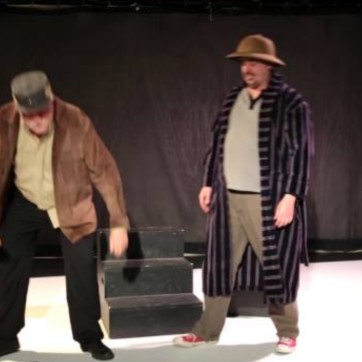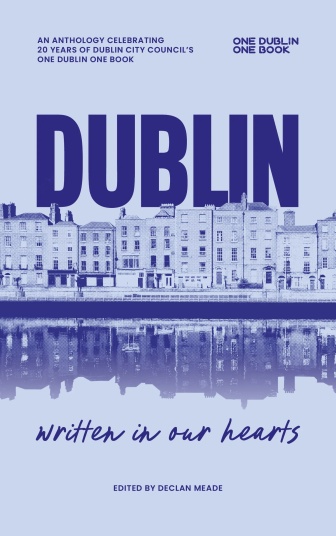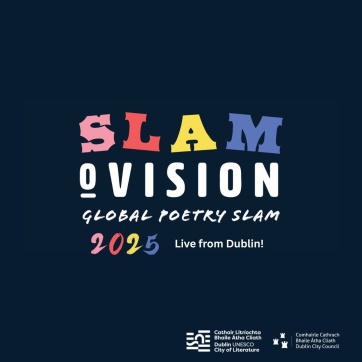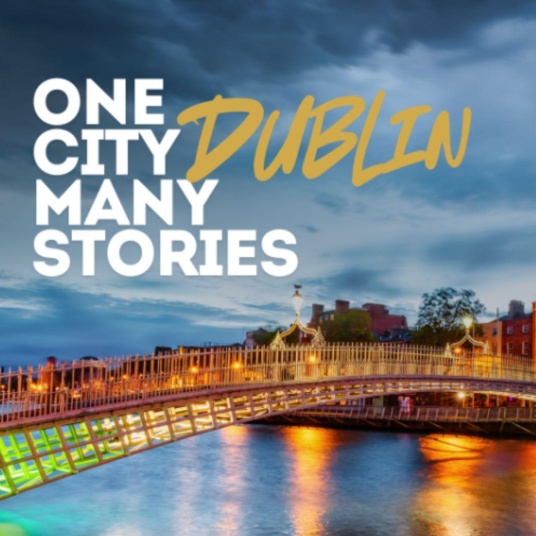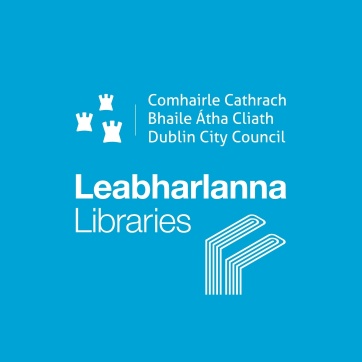
Seamus Heaney
1939 – 2013

Seamus Justin Heaney was born on 13 April 1939 on a farm in Tamniaran, Co. Derry. He attended Anahorish Primary School, before winning a scholarship to board at St Columb’s College through the eleven-plus examination. In 1953, the family moved to a new farm in Bellaghy, not far from where they lived previously, and Seamus’s younger brother Christopher was killed in a car accident at the age of four, an event which would inspire his later poems “Mid-Term Break” and “The Blackbird of Glanmore”.
Heaney first began to write poetry after reading a copy of Ted Hughes’s Lupercal, during his time at Queen’s University Belfast where he had won a state exhibition to study English language and literature. Following his graduation, Heaney studied for a teacher certification at St Joseph’s and began teaching at St Thomas’ Secondary Intermediate School, where, under the mentorship of the school’s headmaster, writer Michael McLaverty, he began to publish poetry in 1962.
His first book, Eleven Poems, was published in 1965, the same year he married the teacher and writer Marie Devlin, with whom he would have three children. The next year, he published his first volume, Death of a Naturalist (1966), to widespread critical acclaim and several awards including the Gregory Award for Young Writers and the Geoffrey Faber Prize. Over the next four decades, Heaney released eleven more volumes of poetry – including Door into the Dark (1969), Wintering Out (1972), North (1975), Field Work (1979), Station Island (1984), The Haw Lantern (1987), Seeing Things (1991), The Spirit Level (1996), Electric Light (2001), District and Circle (2006) and Human Chain (2010) – becoming renowned for his engagement with history, politics, place, and the landscapes and traditions of his rural upbringing.
Throughout his life, Heaney lectured in a variety of colleges and universities. In 1963, he returned to teach at St Joseph’s until 1966, when he took up a new lectureship at Queen’s Belfast – a post he held until 1972 – save a year spent at the University of California in 1970-71. Despite his intention to devote himself full time to writing after resigning from Queen’s, he became head of English in Carysfort Teacher Training College in 1976, and began a lengthy association with Harvard University in 1981.
In addition to his poems, Heaney penned essays on poetry and poets, as well as producing translations, cementing his position as one of Ireland’s most celebrated poets. In his lifetime, Heaney received no less than four honorary doctorates, was awarded the title of Saoi of Aosdána, became an Honorary Fellow of the Royal Society of Literature, a Commandeur of the Ordre des Arts et des Lettres and a Member of the Royal Irish Academy. In addition, he won the T.S. Eliot Prize, the David Cohen Prize for Literature, the Forward Poetry Prize for Best Collection, the Griffin Trust for Excellence’s Poetry Lifetime Recognition Award and the Nobel Prize for Literature – making him the fourth Irish recipient of the award.
The Seamus Heaney Centre for Poetry was established at Queen’s University in 2003 and continues to facilitate discussions about and promote poetry, as well as housing a complete record of his works. Heaney’s death on 30 August 2013 was met with an outpouring of grief from the poetry and wider literary community both in Ireland and abroad. He is buried at St. Mary’s Church, Bellaghy, in the same graveyard as his parents, younger brother and other family members.
Read, Watch, Listen

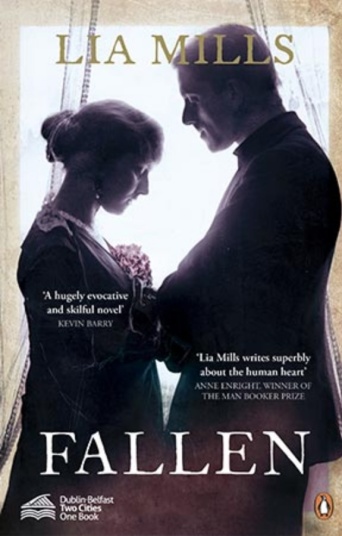
Fallen
